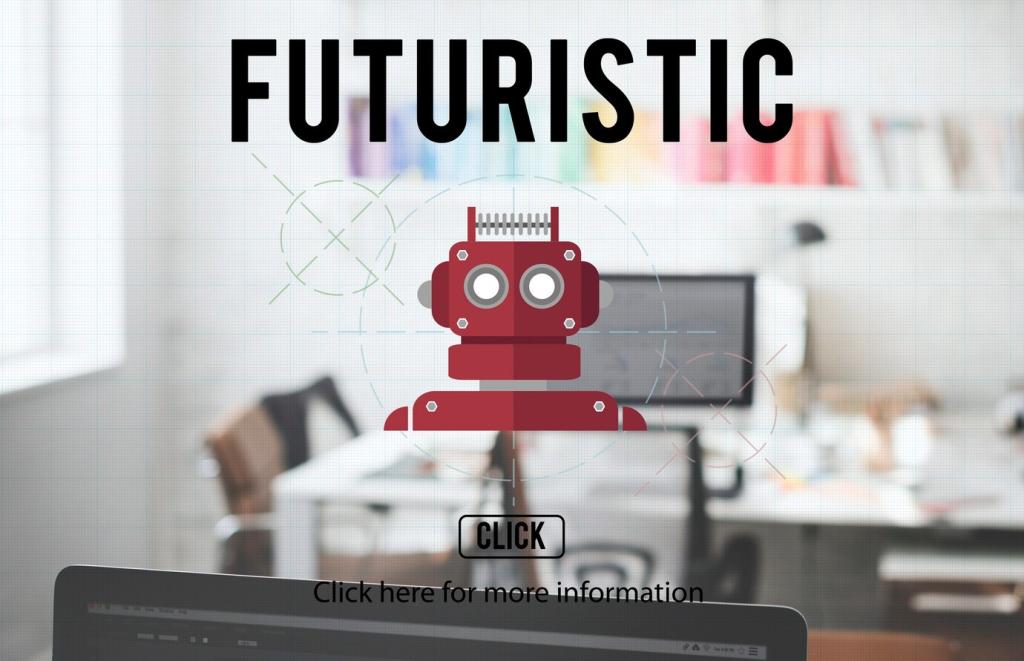Personalization Strategies in Startups Using AI: Build Experiences That Feel One-to-One
Chosen theme: Personalization Strategies in Startups Using AI. Welcome to a practical, story-driven exploration of how lean teams can craft delightfully personal products, earn trust, and grow faster by understanding users as individuals—not averages.
Why Personalization Is a Startup Superpower
In our earliest cohort, a simple homepage re-rank based on recent clicks doubled activation. It felt almost magical to users: relevant, timely, respectful. Tell us your first low-tech personalization experiment that unexpectedly moved a core metric.
Why Personalization Is a Startup Superpower
Startups thrive by reading real behavior—clicks, time, sequences—over vanity demographics. Intent signals reveal what users actually value today, not what personas guessed last quarter. What two signals would you instrument this week to clarify user intent?


Data Foundations for Ethical, Effective Personalization
Track events that map to value: viewed_item, added_to_cart, dismissed_recommendation, completed_onboarding_step. Use consistent properties and timestamps. High-signal, low-volume events make modeling easier and privacy stronger. Which two high-intent events are missing in your product today?
Data Foundations for Ethical, Effective Personalization
Explain clearly how personalization works, provide granular controls, and honor choices. GDPR and CCPA compliance are table stakes; empathy is the differentiator. Trust compounds like interest. Invite users to opt in by demonstrating concrete, immediate benefits.


Phase 1: Rules and Heuristics
Begin with transparent rules: recently viewed, trending near you, similar to last purchase. These baselines clarify product mechanics and create reliable measurement frameworks. Resist premature complexity until you nail instrumentation and feedback loops.
Phase 2: Lightweight Recommendations
Introduce matrix factorization or item-item similarity using embeddings from product metadata. Regularly cold-start with content features, and re-rank using short-term intent. This stage balances performance, explainability, and cost for most early growth needs.
Phase 3: Contextual Bandits and RL
When traffic justifies it, explore contextual bandits for exploration-exploitation and slate optimization. Later, reinforcement learning for sequential outcomes like retention. Always set guardrails to protect diversity, fairness, and user satisfaction while optimizing conversion.

Event Streams and Latency Budgets
Use lean streams to update recent intent features within seconds. Reserve sub-200ms inference for surfaces where immediacy directly influences action. Everywhere else, batch refresh to reduce costs while keeping results fresh enough.

Feature Stores on a Startup Budget
Start with a single, versioned table for features and metadata, refreshed on a pragmatic cadence. Document owners, definitions, and tests. You can adopt a full-feature store later without sacrificing early momentum.

Edge vs Server Inference
Run small models on-device for privacy and speed, while heavier re-ranking stays server-side. Hybrid approaches reduce cost and data movement. Tell us where edge inference could unlock new, privacy-forward experiences in your product.

Content-Based Bootstraps
Use product attributes, embeddings, and taxonomy to recommend before clicks exist. Think flavor notes for coffee, style tags for apparel, or topic vectors for articles. Content understanding narrows choices gracefully from day zero.

Onboarding That Collects Signals
Ask two or three meaningful preference questions with illustrated options. Blend explicit choices with immediate behavioral signals to personalize the very next screen. Celebrate responsiveness so users see the value of sharing.
Measuring What Matters: Uplift, Retention, and LTV
Randomize properly, pre-register hypotheses, and monitor guardrail metrics like complaint rate and diversity. Use CUPED or stratification to reduce variance. Decide ahead how long to run and what minimum detectable effect matters.

Guardrails: Fairness, Diversity, and Avoiding Echo Chambers
Blend relevance with novelty and serendipity. Enforce category variety, cap repetition, and rotate emerging items. Users discover more, sellers get exposure, and long-term satisfaction improves even when short-term clicks dip slightly.
Guardrails: Fairness, Diversity, and Avoiding Echo Chambers
Track distributional outcomes across creators, categories, and cohorts. Investigate skew and correct with re-weighting, constraints, or curated boosts. Publish summaries users can understand, reinforcing transparency and shared accountability.


